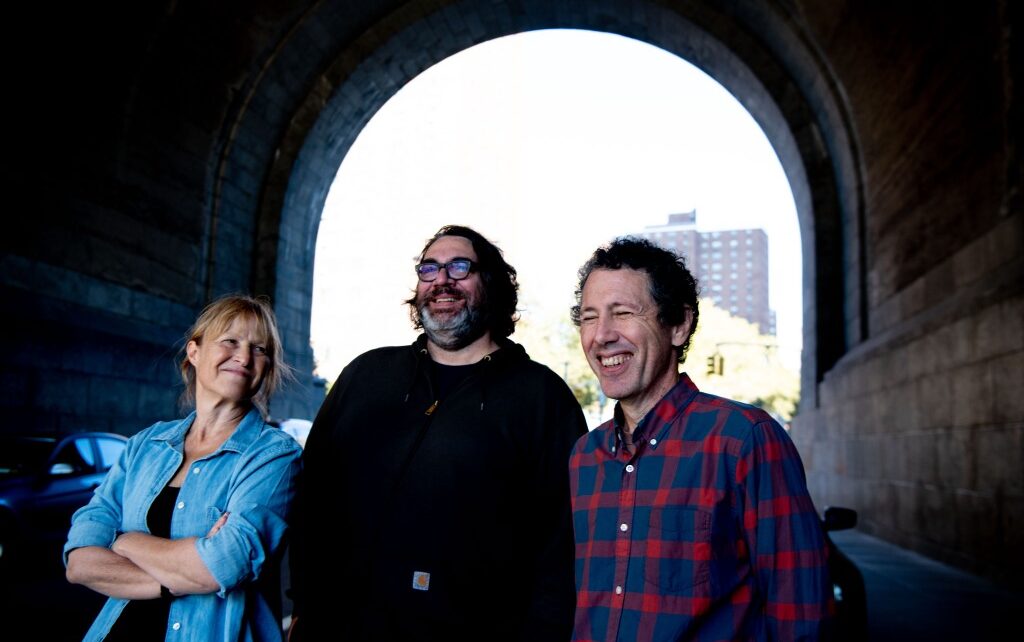Yo La Tengo have been releasing well-loved indie rock since the ’80s, and while their albums are strikingly consistent, an interesting thing happened in February: They dropped one of their best records ever. It’s easy to imagine most other bands on autopilot 17 full-lengths in, but the trio’s “This Stupid World” was a return to form that sharpened their craft to be more exciting than ever. Coming after the ambient work on the band’s experimental 2020 project “We Have Amnesia Sometimes,” “World” snapped into focus with an all-timer guitar freakout on opening track “Sinatra Drive Breakdown” and continued with all of the sly songwriting, catchy hooks and droning dynamics the YLT’s best writing has in common.
Their tour in support of the album, which hit NYC’s Brooklyn Steel on Mar. 18, put a new pep in the step of one of America’s hardest-touring bands. Even though the current setup — drummer Georgia Hubley, guitarist Ira Kaplan and bassist James McNew — has been playing together since 1992, their improvisational spark seems to burn brighter with each tour. Sharing vocal duties while revisiting their songbook, there’s nothing quite as comforting as the trio’s hushed harmonies, whether shuffling along in the talky deep cut “The Crying of Lot G” or the noise-pop first single from “World,” “Fallout.”
After nearly 40 years of playing together, the group’s musicianship is just as sharp, with McNew’s percussive basslines adding structure for Kaplan’s guitar and keyboard experimentation. Meanwhile, Hubley is one of rock’s great drummers, constantly experimenting with rhythms, textures and volume. One of the night’s defining sounds was the crack of her snare drum during tracks like “Breakdown,” cutting hard against Kaplan’s guitar.
With a third of the evening’s songs coming from “World,” it was clear the crowd held as much revereance for the new material as signature songs like “Autumn Sweater” and “Stockholm Syndrome” — no small feat for a band with an enormous back catalog.
The only part of the evening maybe worth tweaking was the two-set structure, with the first a trip through their quieter fare and the second focused on their louder, more brash songs, broken by an intermission. Both styles of music tell the Yo La Tengo story, but perhaps the traditional structure of playing a few fast songs with slow songs in between would have better served the audience. There was a lot of feet-shuffling in the mostly-standing crowd as the first set ambled along. Were it a seated show, perhaps it wouldn’t have felt so lopsided, but the separation didn’t quite land.
Yet it seems silly to quibble with any decision Yo La Tengo makes: They’ve been creating their idiosyncratic music for longer than much of the crowd had been alive, so it’s probably best to trust them.
Read More About:
Source: Read Full Article



